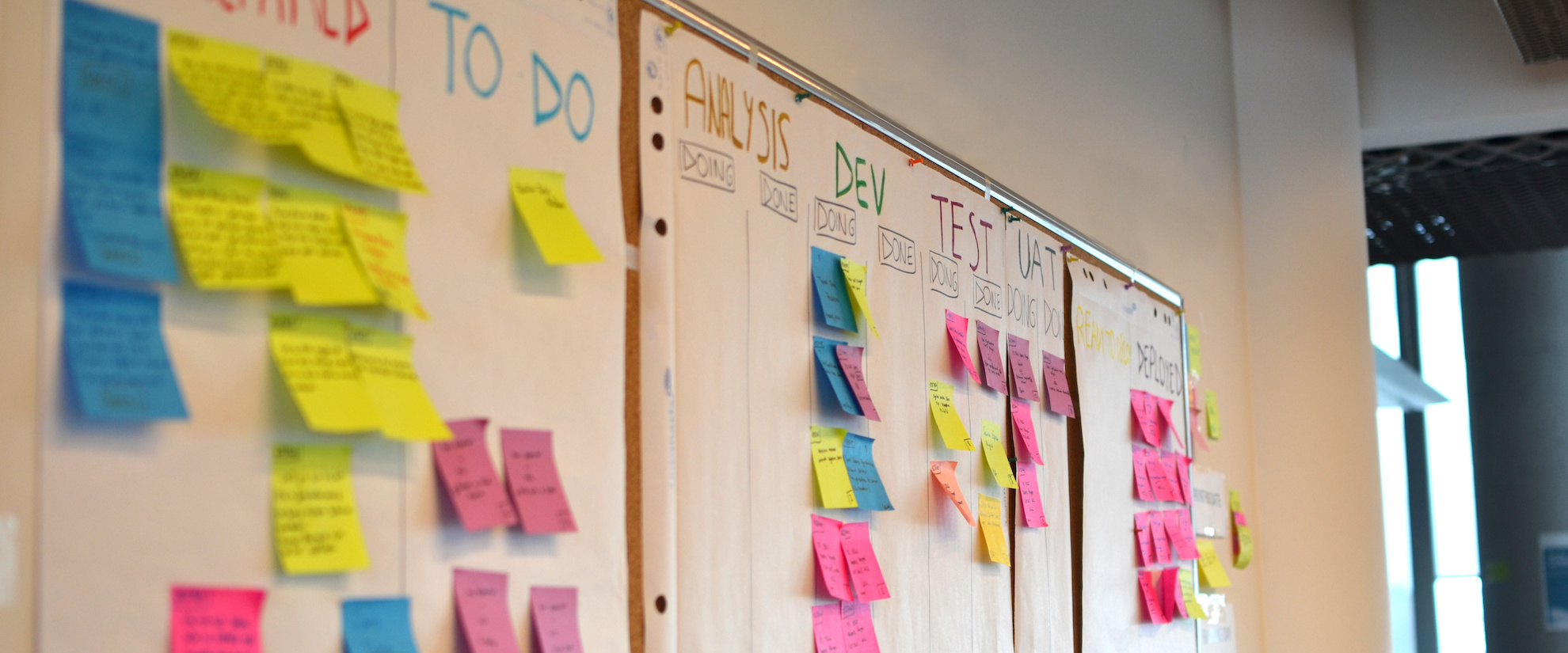Leadership Coaching: Creating Respect, Focus, and Continuous Improvement – Part 1
05 May, 2020 | By leslie@leanexpansion.ca

As business management consultants in Toronto, when we undertake leadership coaching, it’s difficult to predict what type of challenge(s) a client may be facing. One of the primary outcomes is teaching team members how to process and react to rapidly changing information during a team huddle. Sometimes, incremental changes can dramatically change outputs and processes.
Let’s take a look at the type of scenario where leadership coaching would make a positive impact.
Dave – Oh man. Last shift was terrible. I spent so much time running back and forth trying to get organized. It seemed like every time I went to look for something, it was never where I expected it to be. I hardly got any work done. And I was exhausted at the end of my shift. Hey, I saw you talking to the new boss. What’s his name? I hope he does something about our supplies. The last boss was useless. What were you talking to him about?
Hugo – Oh, his name is Mike. He seems pretty nice. Said he was here to learn more about our work. Said he really just wanted to observe and understand. I did my work, and he observed. Then we chatted a bit before he had to go.
Emma – Well I hope you told him about how bad the supplies situation is.
Hugo – He seems pretty smart. I think he noticed.
Dave – What were you talking to him about anyway?
Hugo – He was asking about how I get organized for my shift. In my last job, we were always disorganized too. So, I created this little sheet to help me anticipate a little better what I might need. I started using it and it seems to work pretty well for me. I was showing it to him.
Emma – Why doesn’t someone talk to supply chain about helping us out? I always see them sitting in the cafeteria.
DJ – Okay everyone. Let’s huddle. Sorry, I’m late. I was just waiting for my report to get the numbers from yesterday. There must be a glitch with the report. The numbers don’t look so good. There’s a committee that’s been organized. They will start meeting next week. They will tell us why our numbers are so bad and what will be done about it. Also, I see our supply purchases are way up. Please pay attention to the supplies you need. Take only what you need. We can’t afford to have another month over budget. Okay, anything else? No? Have a good shift. Oh yeah, one last thing the new boss is asking for ideas to be posted in the workplace. Anyone got any ideas?
Silence.
Does this situation seem familiar? Where is information best sourced? DJ’s report or directly from people like Dave or Hugo and Emma?
How can DJ be clearer about what’s expected? Is budget a useful measure? Is there another metric better suited to the work of the team?
How can everyone better prepare? Why were team members reluctant to talk about their problem? What can DJ do in advance to create a more productive huddle?
In this scenario, it’s unlikely any ideas produced will meaningfully address the underlying problem. In parts two and three of our blog, we’ll look at how the situation can spiral—and how leadership coaching makes a positive difference.


